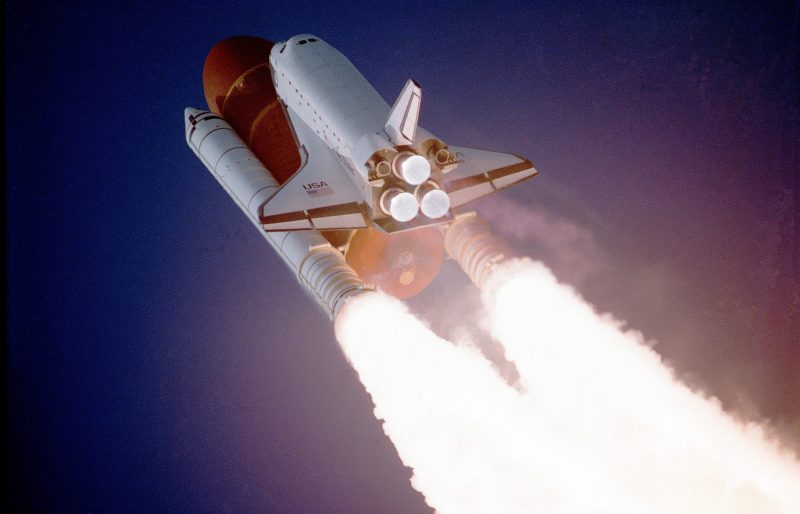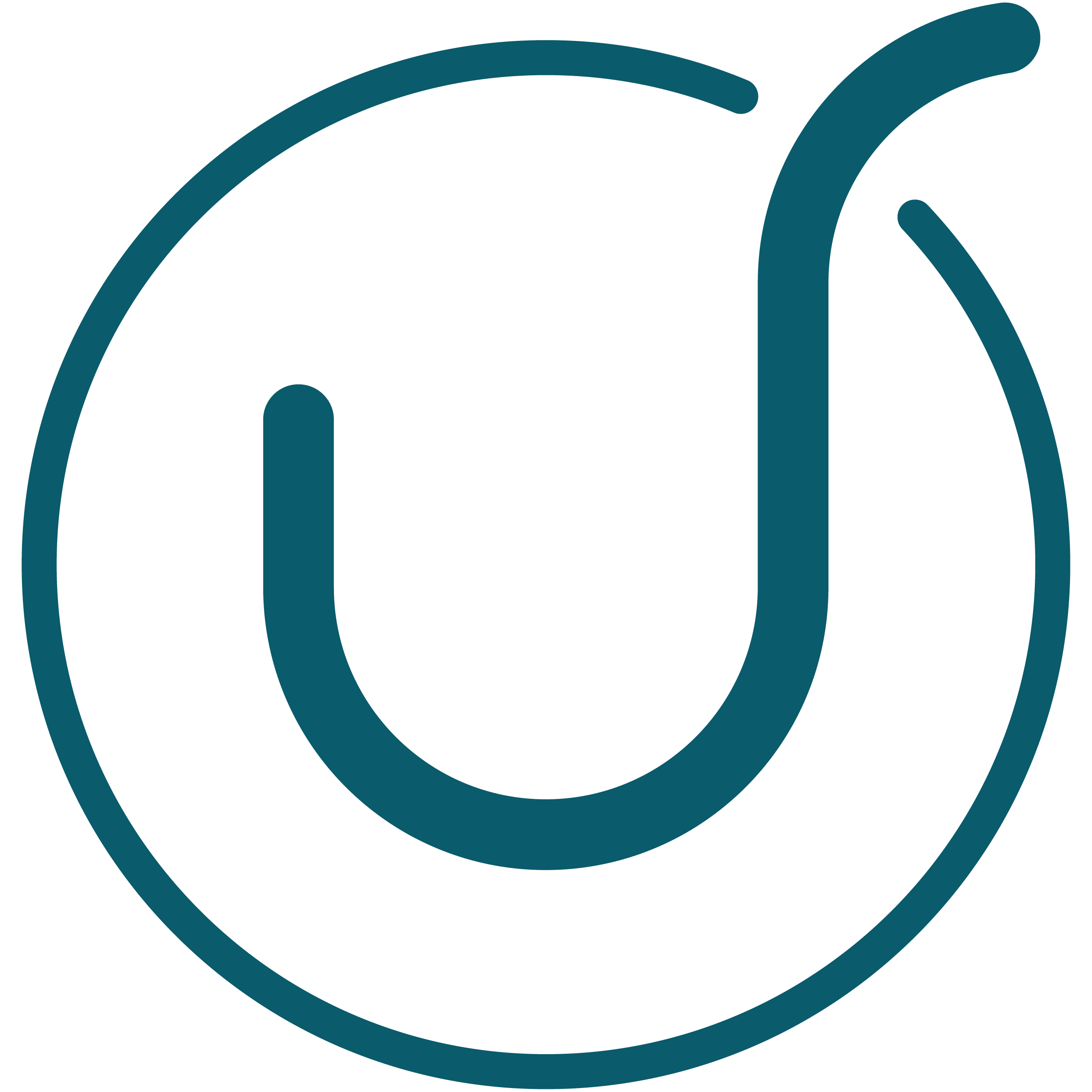
A rocket-inspired formula to boost behaviour change: less friction, more fuel
By Carolyn Quainton in Behaviour, Customer, Inspiration, Training
Why do we make bad decisions even when we know we shouldn’t? Psychologist Dan Ariely shares a fascinating perspective on behaviour change in this recent TED Talk.
He points out a familiar pattern: we know we should exercise more, eat better, save for retirement, and yes – wash our hands after using the loo (!). But knowing isn’t the same as doing.
We’ve all heard the advice a hundred times. Yet the behaviours often don’t follow. Take texting while driving. People understand the risk. We warn them constantly, and still, it causes nearly 25% of car accidents globally.
So, what gives? If simply providing information doesn’t change behaviour, what does?
According to Ariely, real behaviour change requires a shift in the environment and not just the instructions. That has big implications for change management for organisations, especially when leading change in the workplace or managing resistance to change.
He compares behaviour change to launching a rocket into space. You need two things:
- Less friction – make the rocket (or the behaviour) easier
- More fuel – increase motivation
Apply this to change at work, and the parallel is clear. Want customers to stick around? Reduce friction in their experience. Want employees to embrace new ways of working? Fuel their motivation through purpose, support, and smart change communication strategies.
These insights are especially valuable in change leadership development and continuous improvement strategies. Sometimes, even a small tweak, an easier process, a clearer message, can spark big results.
Ask yourself:
- Where are we unintentionally making things harder than they need to be?
- Where can we add fuel to energise change?
So next time you spot a gap between your current state and where you want your business to be, resist the urge to just send more information. Instead, think like a change agent – reduce friction, add fuel, and you’ll move closer to a change-ready culture.
Talk to us, explore our website, read our blog, and follow us on LinkedIn to learn more and discover ways to grow a more successful business.


